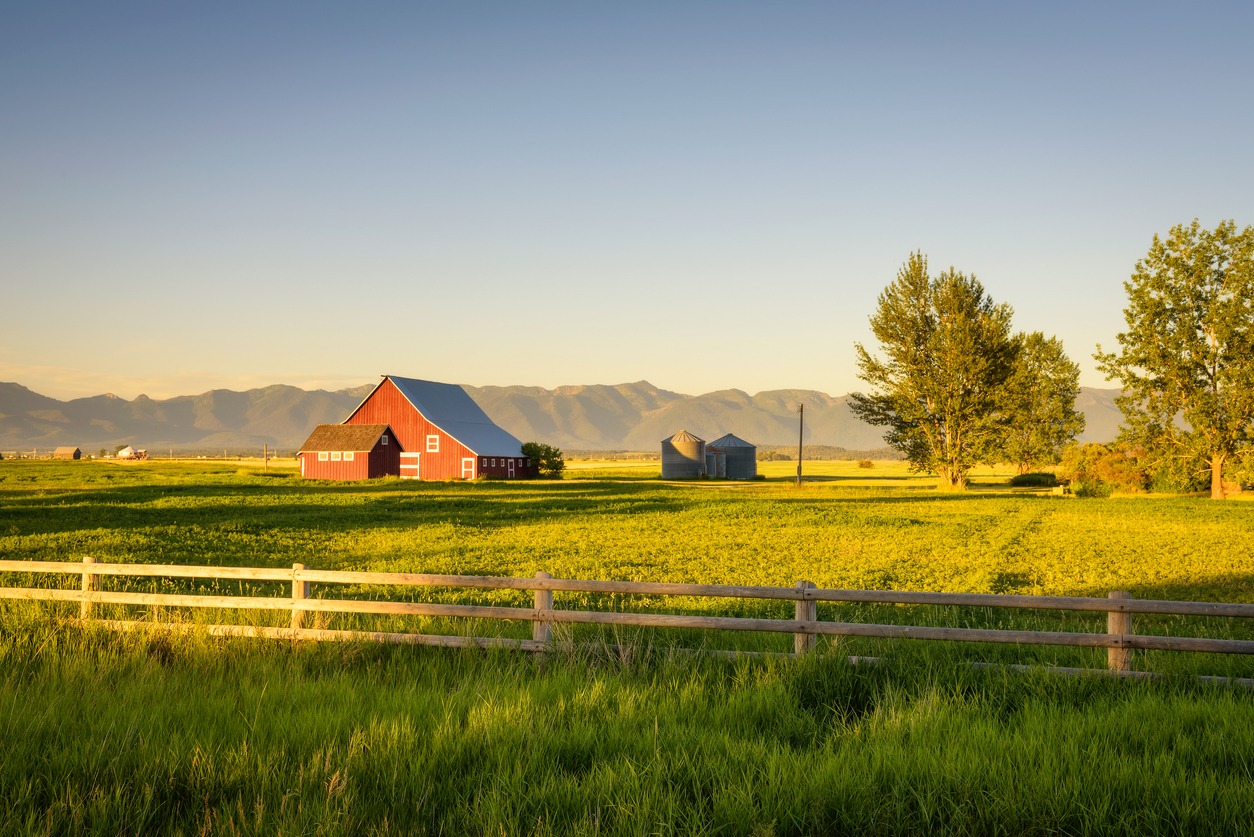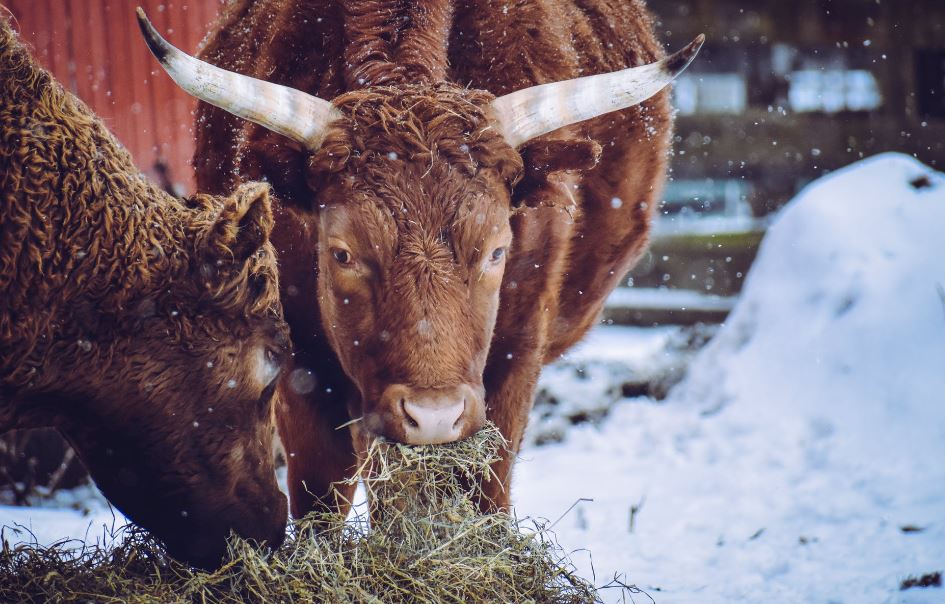A Brief History of American Homesteading
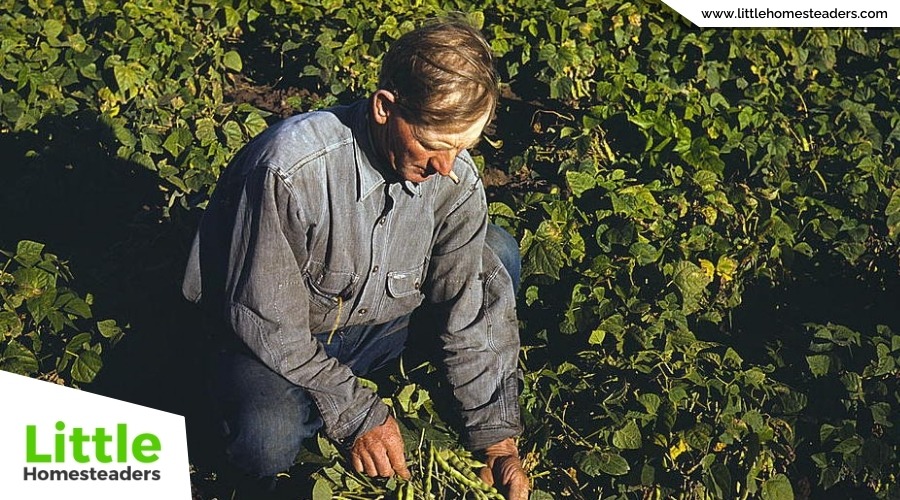
Homesteading has been a key part of shaping America for hundreds of years. It's a story of grit, hard work, and adapting to challenges. From early settlers looking for a fresh start to today's focus on sustainability, the homesteading journey is full of lessons and inspiration.
Early Settlers and Biblical Foundations
Homesteading in America began with settlers arriving from Europe over 400 years ago. They brought with them strong beliefs in hard work and faith. Captain John Smith of Jamestown famously said, "He that will not work shall not eat." This idea, drawn from the Bible, set the tone for survival in a harsh new land.
Life was tough. Early settlers had to build simple shelters, often starting with lean-tos or huts, before they could manage more permanent homes. They also had to grow their own food and figure out how to deal with the unpredictable climate. Relationships with Native American tribes were mixed—there were moments of learning and cooperation, like when settlers adopted indigenous farming techniques, but also conflicts over land.
Women's contributions were vital but often overlooked. They preserved food, wove cloth, and kept households running, often working just as hard as men to keep their families afloat. These efforts not only supported individual households but laid the foundation for the community structures that were essential for survival.
Homesteading Becomes Official
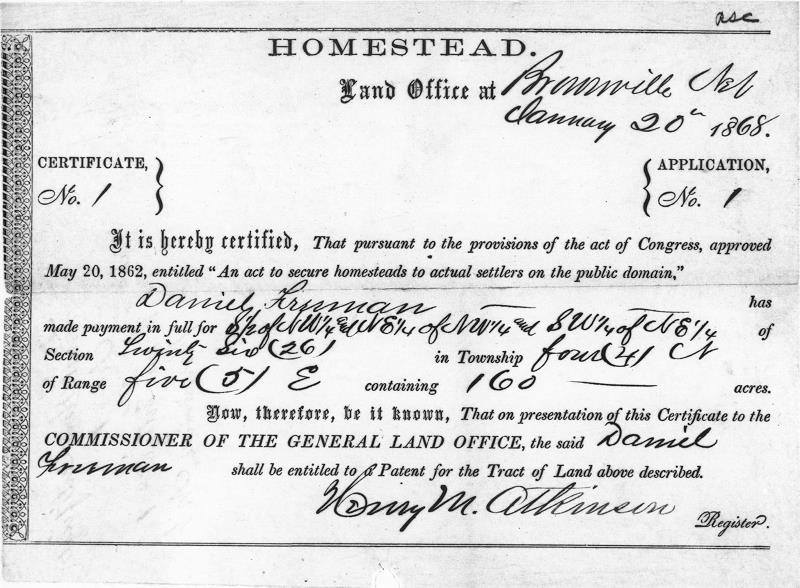
By the mid-1800s, the U.S. government began formulating ways to distribute public land. This was a time of intense debate over how such lands should be allocated and who should benefit. Lawmakers argued over whether land should be sold, auctioned, or given to citizens willing to work it. These discussions culminated in the passage of the Homestead Act in 1862, one of the most transformative pieces of legislation in U.S. history.
The Homestead Act allowed any adult citizen or intended citizen who had never taken up arms against the U.S. to claim 160 acres of government land. To secure ownership, the claimant had to fulfill three key steps:
- File an application, typically costing $8 to $10.
- Live on the land and "prove up" by farming it for five years.
- File a final patent (deed) at a cost of $1.25 to $2.50 per acre.
The Act was groundbreaking in its inclusivity for its time. Single women, African Americans, and immigrants were allowed to claim land, a stark contrast to earlier policies that restricted ownership to white men. Yet, even this inclusivity had limits: Native Americans and Chinese immigrants, who were denied citizenship, were excluded from participating.
The timing of the Homestead Act was pragmatic. Passed during the Civil War, it offered land as an incentive for loyalty to the Union. Veterans who had served at least 14 days were also eligible, regardless of age.
Over the next century, the Homestead Act underwent modifications and expansions through additional laws, including the Timber Culture Act and Desert Land Act. These pieces of legislation collectively facilitated the transfer of more than 270 million acres of public land into private hands—approximately 10% of U.S. land.
The impact of the Act was monumental. Millions of families achieved land ownership, fulfilling dreams of independence and self-sufficiency. However, the promise of free land came with challenges, from harsh climates to legal disputes, shaping a complex legacy still visible in the American landscape.
Expansion and Impact on Indigenous Peoples
Homesteading became more organized with the Homestead Act of 1862, one of the most significant pieces of legislation in American history. Signed into law by President Abraham Lincoln during the Civil War, the Act was designed to encourage westward expansion and provide opportunities for land ownership. Under its provisions, any adult citizen or intended citizen who had never taken up arms against the U.S. government could claim 160 acres of surveyed government land. To gain ownership, the claimant had to live on the land, build a dwelling, and cultivate the soil for at least five years.
The push for westward expansion came at a great cost to Native American tribes, who were forcibly removed from their lands. Homesteading often meant taking over territories that Indigenous peoples had inhabited and stewarded for centuries. This displacement had lasting cultural, economic, and social impacts on Native communities.
Laws like the Timber Culture Act of 1873, which granted additional land to settlers who planted trees, and the Desert Land Act of 1877, aimed at reclaiming arid lands, were later additions to the homesteading framework. These efforts reshaped the landscape but also led to environmental degradation, including deforestation and soil depletion, that took decades to address.
Challenges of Frontier Life
Life on the frontier wasn't for the faint of heart. Homesteaders faced extreme weather, isolation, and natural disasters like floods and droughts. Building a log cabin or a sod house was exhausting, and injuries were common. Farming was just as challenging—the soil and climate were often unfamiliar, and crops didn't always grow as expected.
Despite the hardships, communities were a source of strength. Neighbors came together to build barns, harvest crops, and help each other through tough times. This spirit of cooperation became a hallmark of homesteading life and remains part of its legacy today.
Homesteading wasn't limited to rural areas. By the late 19th century, small urban homesteading efforts began to emerge. These initiatives, while modest compared to frontier endeavors, laid the groundwork for modern urban sustainability movements.
Homesteading During the Great Depression and World Wars
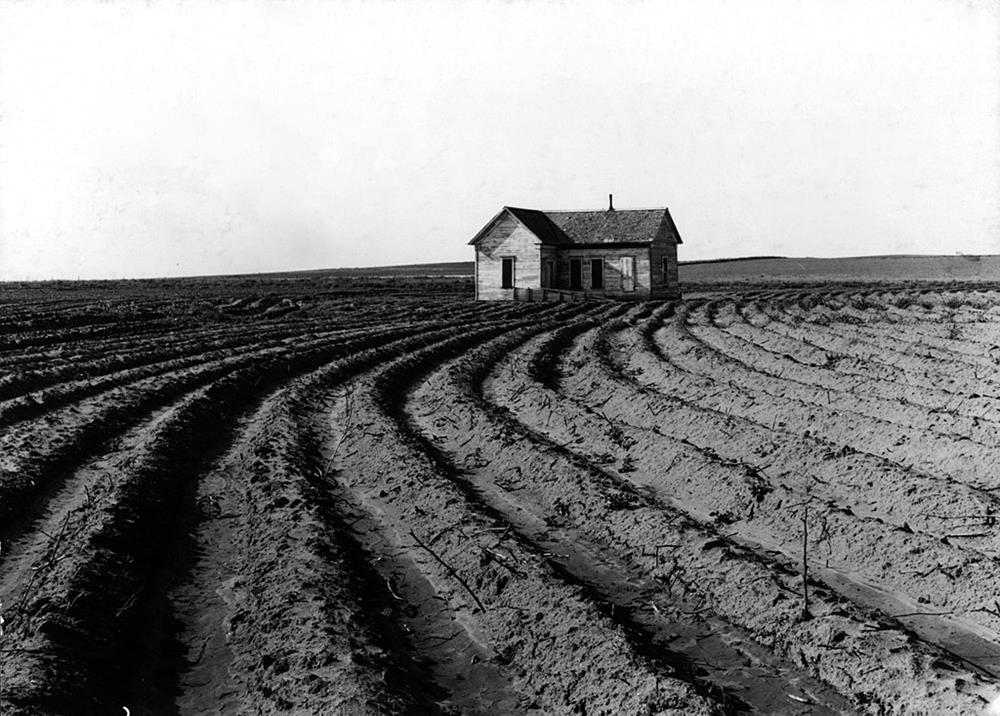
During the Great Depression, homesteading took on new forms. In cities, people planted "Thrift Gardens" to supplement their food. Others moved to rural areas, seeking self-sufficiency. Writers like Helen and Scott Nearing promoted simple living with books like The Good Life, inspiring many to return to the land.
World War II brought a focus on victory gardens, with families growing vegetables to support the war effort. These efforts showed how adaptable homesteading could be, helping people weather hard times and find a sense of control.
The Dust Bowl of the 1930s revealed some of the flaws in earlier agricultural practices. Poor soil management led to widespread erosion and devastation. This period underscored the importance of sustainable farming techniques, a lesson that continues to resonate with today's homesteaders.
The Back-to-the-Land Movement
In the 1960s and 70s, a new wave of homesteading emerged. The Back-to-the-Land movement was fueled by people looking for alternatives to consumerism and industrial agriculture. They wanted a simpler, more sustainable lifestyle, often moving to rural areas to grow their own food and live off the grid.
Unlike earlier homesteaders, they didn't have access to free land. Instead, they focused on small-scale farming and environmentally friendly practices. Writers like Wendell Berry championed the idea of caring for the land, criticizing the industrial farming model. Their work highlighted the value of small, sustainable communities over large, industrialized systems.
This movement laid the groundwork for many of today's sustainable living practices, from organic farming to renewable energy use. It also redefined the concept of homesteading to include not just survival but a conscious choice to live in harmony with nature.
Modern Resurgence of Homesteading
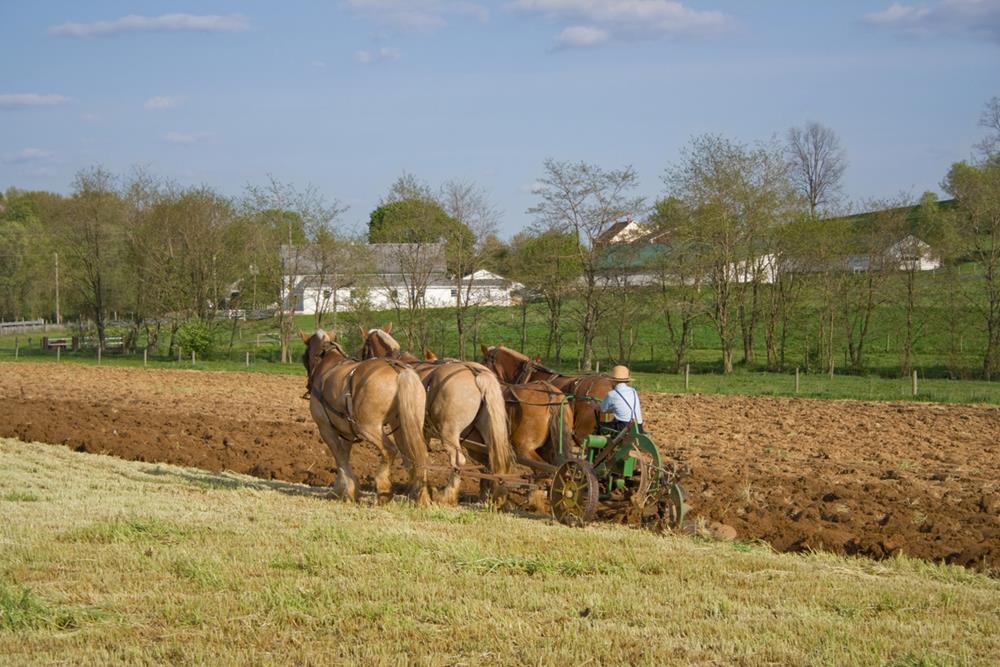
Today, homesteading is making a big comeback. People are drawn to it for many reasons—concerns about climate change, a desire for more control over their food, and the appeal of a simpler life. Unlike the past, modern homesteading isn't just for rural areas. Urban homesteaders are turning balconies and backyards into productive gardens.
Technology plays a big role in today's movement. Online forums, tutorials, and social media connect homesteaders, making it easier to share knowledge and ideas. Apps for soil testing, plant identification, and garden planning have become valuable tools for urban and rural homesteaders alike.
Inclusivity is also a major focus. Initiatives led by BIPOC communities are helping to make homesteading accessible to everyone. Stories of urban farmers reclaiming abandoned lots and turning them into thriving gardens are becoming more common, highlighting the power of homesteading to transform not just individual lives but entire neighborhoods.
Modern homesteading includes practices like composting, rainwater harvesting, homeschooling, and renewable energy adoption. It's about building resilience and finding ways to live sustainably in a fast-changing world. Homesteaders today are also engaging in community-building efforts, from co-ops to farmers' markets, reflecting the enduring spirit of cooperation from the early days of the movement.
Conclusion
From early settlers braving the wilderness to today's urban gardeners, homesteading has always been about perseverance and creativity. It's a story of people working with the land to build a better life. As the world continues to change, the lessons of homesteading—community, hard work, and sustainability—remain as important as ever.
Looking ahead, the future of homesteading seems bright. With the rise of climate-conscious living and innovative technologies, more people are embracing its principles. Whether in a bustling city or a quiet countryside, the homesteading spirit endures, offering a timeless guide to living well with the land.

